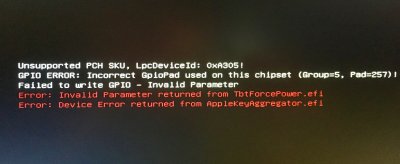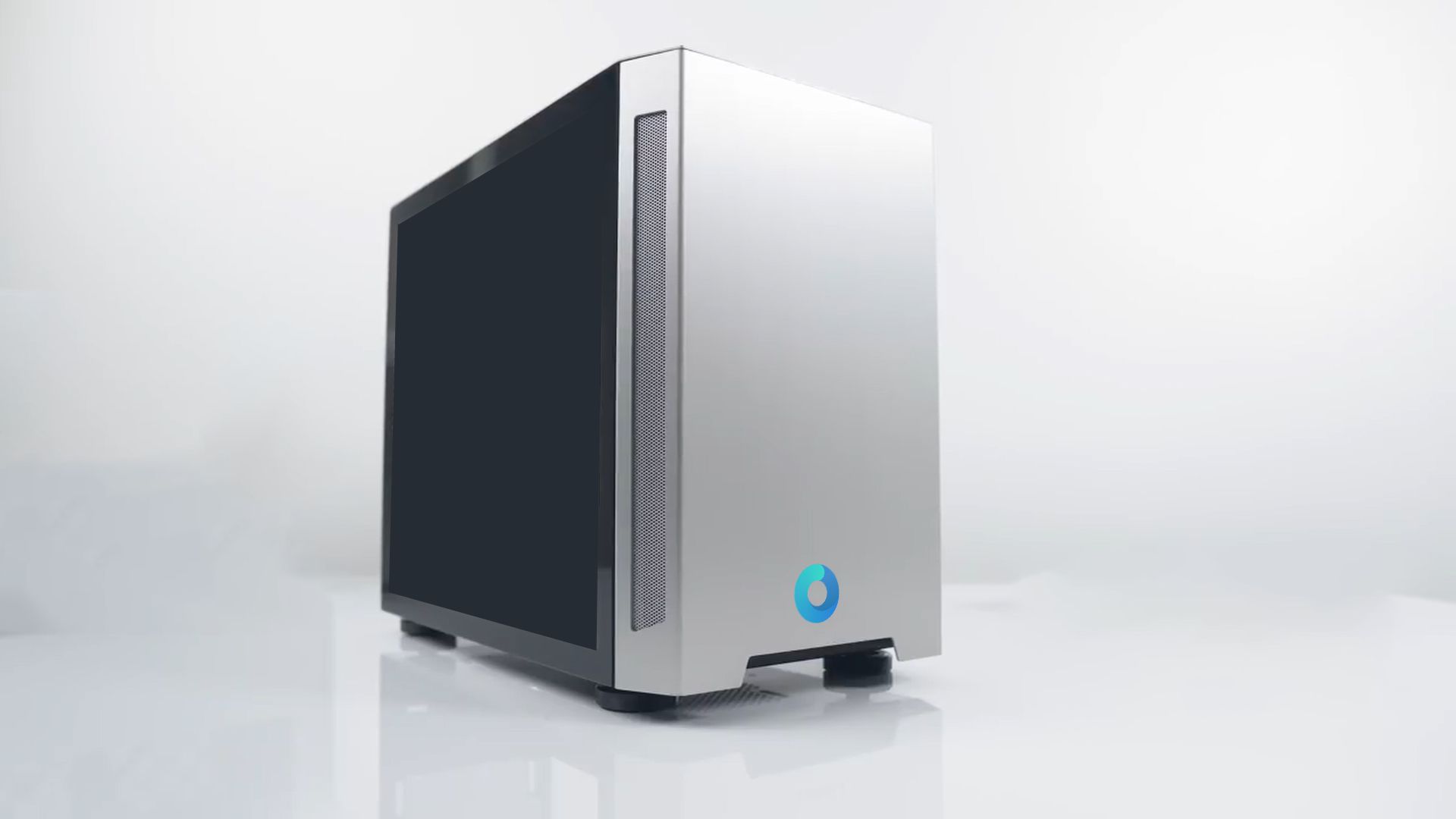- Joined
- Sep 20, 2013
- Messages
- 1,193
- Motherboard
- Gigabyte Z390 Designare
- CPU
- i9-9900KS
- Graphics
- RX 6600
- Mac
- Classic Mac
- Mobile Phone
Well, this is awkward. My EFI "broke" early Saturday afternoon. Upon restart or cold boot, I get the dreaded Ø "prohib symbol" after Clover loads and immediately after the Apple logo shows up. My backup EFI USB sticks and my Mojave installer's EFI also yields the dreaded Ø "prohib symbol" after Clover loads. My backup SSDs created months ago –stored safely away– also will not boot. Before, I could always wipe an EFI partition and unzip a known-good safety and I could be up and running in 10 minutes. Something else is going on, for sure.
I've reset/shorted the CMOS pins, and I have loaded the F9b's Optimized Defaults (the regular setup we all do) but nothing works except for one old EFI stick. I've mounted each SSD's EFI and erased whatever polluted contents of these EFI's and I'm trying to start over with (Mojave) Multibeast since I can't launch the OS installer. My F12 key has been getting quite a workout.
I didn't "do anything wrong" to the boot disk's EFI. I wonder if it's BIOS rot or something. (I haven't been able to generate Problem Reporting Files via F2, etc. -The destination folder is always empty- This is new.) I did manage to get a photo of the BIOS boot screen before things went totally upside down. -It was taking a long time to reboot.
If anyone has some advice, I'd appreciate it. I'm back in 2018! PS: Please and thank you.
I've reset/shorted the CMOS pins, and I have loaded the F9b's Optimized Defaults (the regular setup we all do) but nothing works except for one old EFI stick. I've mounted each SSD's EFI and erased whatever polluted contents of these EFI's and I'm trying to start over with (Mojave) Multibeast since I can't launch the OS installer. My F12 key has been getting quite a workout.
I didn't "do anything wrong" to the boot disk's EFI. I wonder if it's BIOS rot or something. (I haven't been able to generate Problem Reporting Files via F2, etc. -The destination folder is always empty- This is new.) I did manage to get a photo of the BIOS boot screen before things went totally upside down. -It was taking a long time to reboot.
If anyone has some advice, I'd appreciate it. I'm back in 2018! PS: Please and thank you.



